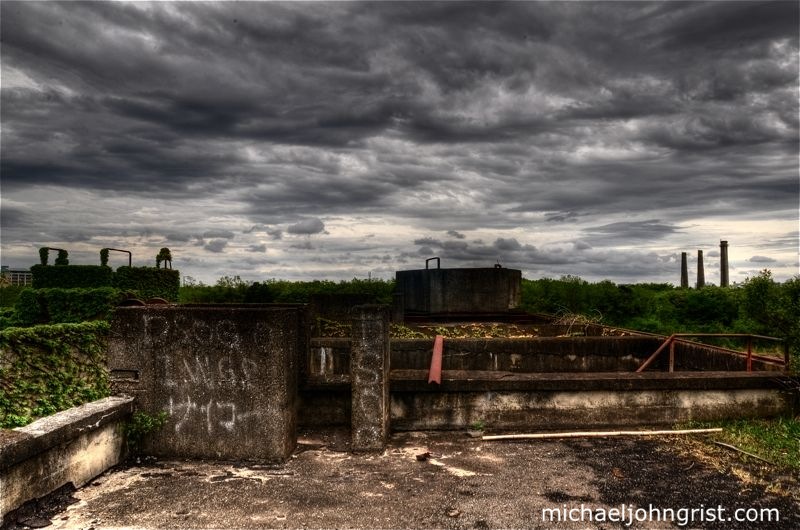There is an interesting competition coming up which is hosted by Architecture for Humanity and which deals with a topic promising a very interesting complexity of the design challenge and anticipated beautiful narratives.
The competition
[un]restricted access will be focusing on decommissioned military sites to be re-imagined, re-developed and re-purposed by the means of design and community guidance. There is only little information online at this point, but I suggest to the humanitarian-oriented designer to stay up to date via the website of
Architecture for Humanity and await the announcement of the competition brief in October.
Meanwhile some quote from the
preliminary competition brief at ONA:
"
Few places on earth are void of defense infrastructure. Military bases have been identified in more than 100 countries and territories worldwide. Even Antarctica is home to at least three military installations. Built in the service of public protection, when these spaces become inactive and no longer serve their intended use, how can they be re-enlisted for civilian purposes?
This year marks a milestone: In the United States alone more than 235 military sites are scheduled for closure or realignment. The U.S. military is under orders to downsize 5% of its entire infrastructure on or before September 15, 2011 in accordance with the 2005 Base Realignment and Closure (BRAC) ruling. The ruling will force the relocation of more than 125,000 military personnel and their families.
Base closures have a huge adverse affect on the surrounding community. In addition to complex environmental remediation, civilians must address the consequences of unemployment and disinvestment. According to the final report submitted to the President of the United States, BRAC estimates that 12 million square feet of leased space will be vacated resulting in the loss of an estimated 18,000 civilian jobs in this round of closures alone. Interestingly, many of these same sites are for sale.
Decommissioned military sites have tremendous potential if impediments to access can be overcome. This open, international competition will invite designers to identify an inactive military installation in or near their community and develop a design concept and plan for it’s remediation and re-use. "
I am curious about the proceedings of the competition and about which sites will be put forward and their associated design challenges and approaches. In a broader context this competition is a small but inspiring step of how a post-militarized society could be organized. One first question coming up to a designer's mind nowadays is: Who pays for the cleanup in such cases? And: Who is interested to invest in former military sites?
The competition will also bring some opportunity for designers to engage in some serious brownfield romantics during their site visits. Here some images of military brownfield sites as an appetizer.
 |
| Decommissioned air force base in Fuchu, Japan. Image source and copyright: Michael John Grist. |
 |
| Decommissioned TITAN 1 missile silo in Denver, Colorado. Landscape view with unimaginable amount of hidden underground space. Image source and copyright: Steven Duncan @ undercity |
 |
| Decommissioned TITAN 1 missile silo in Denver, Colorado. Antennae room with purposeless(?!) infrastructure. Image source and copyright: Steven Duncan @ undercity |
But not all sites may be as decomposed as the ones above. Lets suppose that the US military would have to decomission places such as Fort Bliss, TX or Fort Hood - entire cities in themselves - because of (lets imagine) changes in US expenditure. What to do in such a case with: the site, the people and their livelihoods, attached secondary industries?
 |
| Residential barracks at Fort Bliss, Texas. Image source and copyright: Nash inc. |
 |
| Freshly built airstrip with attached infrastructure, North Fort Hood, TX. Image source: blackanthem copyright: Spc. Carl Havlik, 166th Aviation Brigade, Division West, Public Affairs. |
One last question remains. If there are so many sites decommissioned and investments for military spending not being cut in any considerable way: Where do the military sites go then? This is worth thinking about when it comes to environmental and social impacts of construction of military bases, but will not be a topic of the '[un]restricted access' competition.







No comments:
Post a Comment